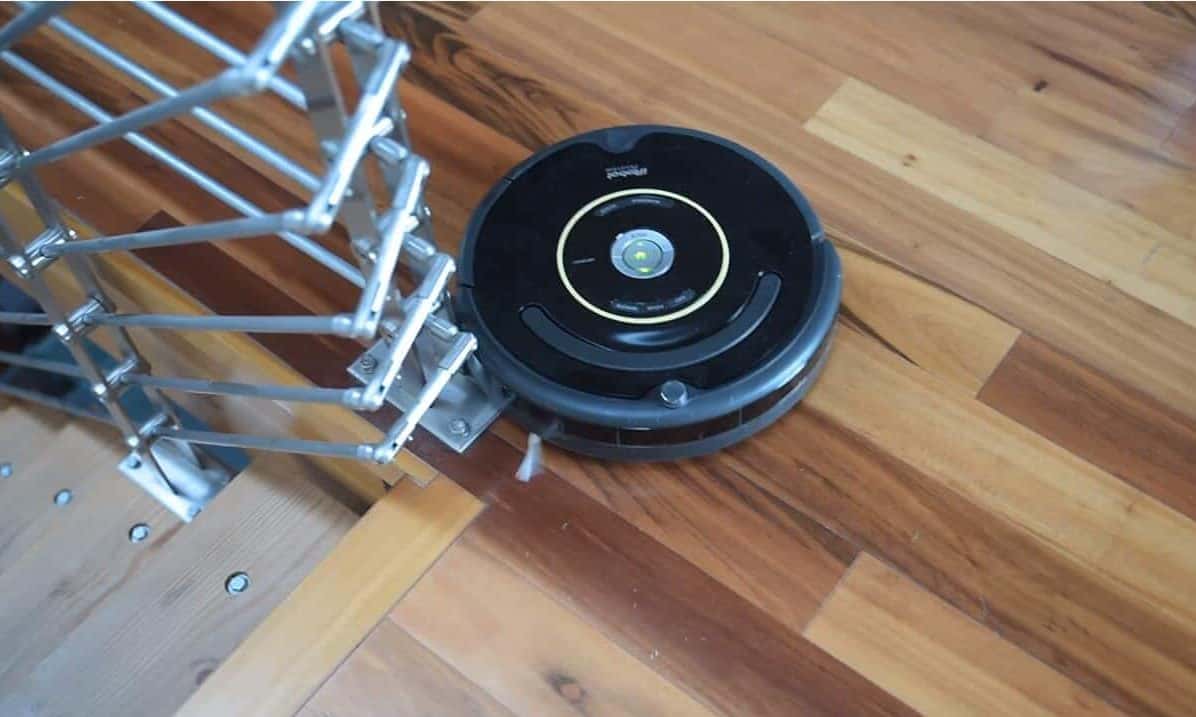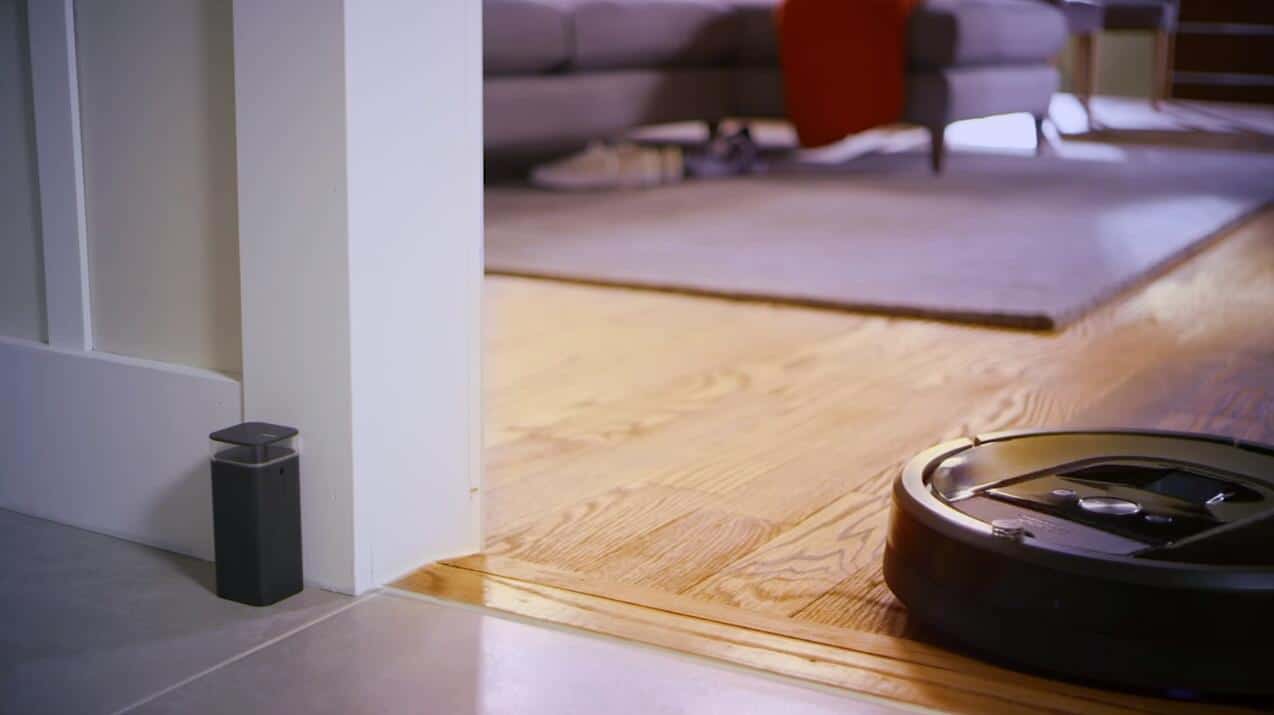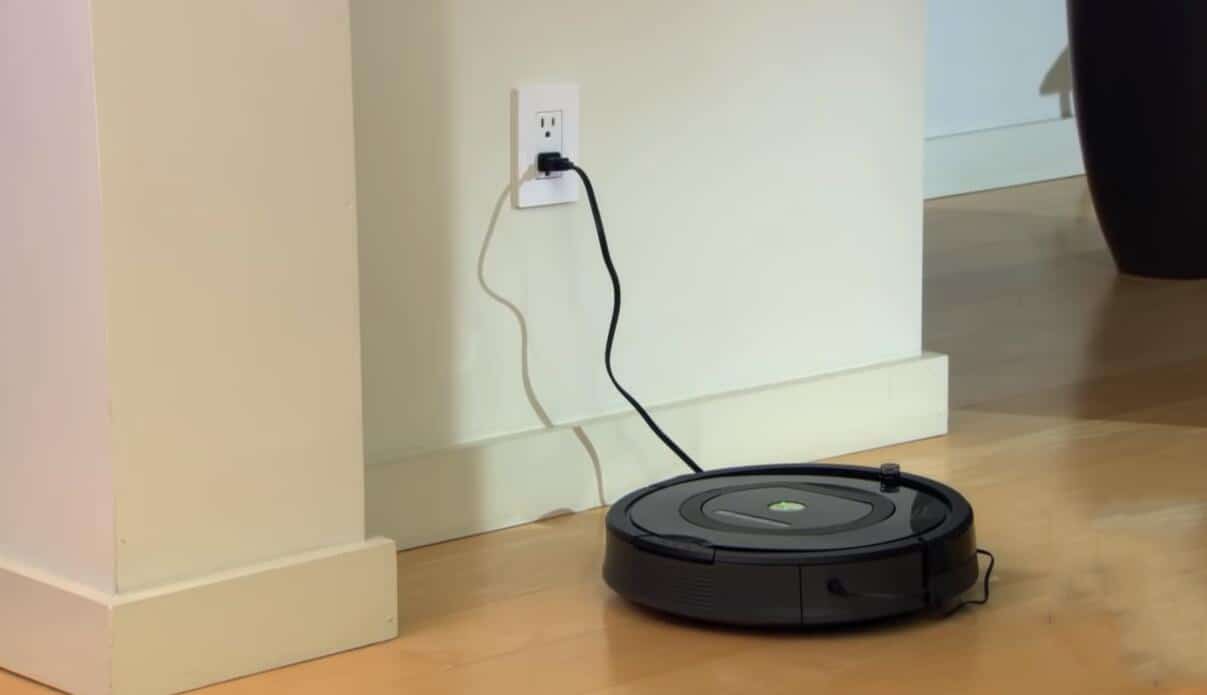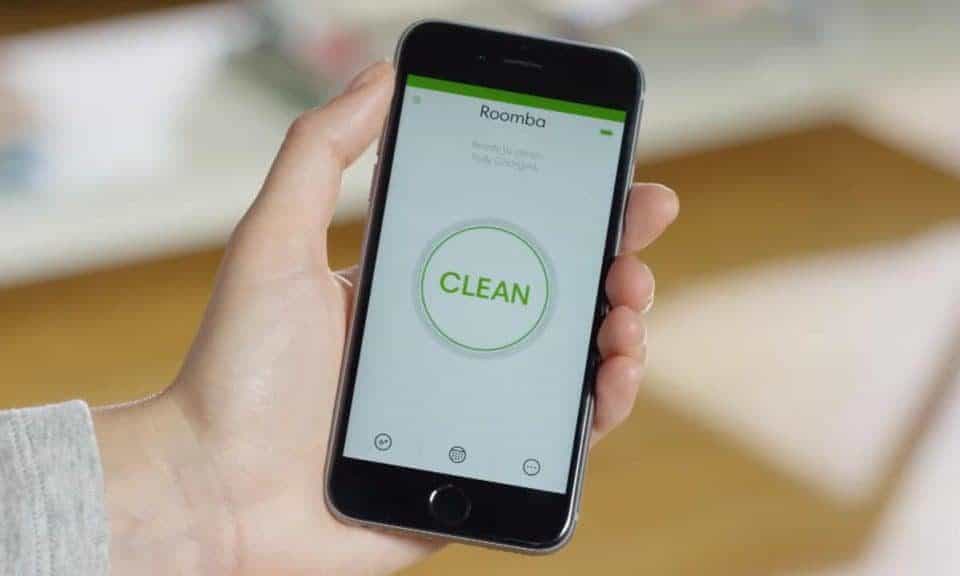Roomba uses responsive cleaning technology to navigate an area. This technology enables your Roomba to map a room before it starts cleaning.
Some Roombas have more advanced cleaning systems than others. And although they use the same technology, some are clearly more advanced and have more features.
However, at the end of the day what you need is a Roomba that can clean your house without needing your intervention. In this article, we discuss how to get Roomba to clean a whole house and what you need to know about your unit.
How it all works
If you want to get your Roomba vacuum to clean your whole house, there are a few things that you need to know. So let’s get started.

All Roombas have a navigation system
All Roombas use iAdapt technology to navigate an area. The technology enables the Roomba to map a house by collecting environmental data. In other words, the navigation system enables your Roomba to clean up a room thoroughly by creating a map of the room.
How it does this is by calculating the size of a room by sending out an infrared signal to each wall in the room. It then calculates how long the signal takes to rebound back to the robot’s infrared receiver.
So once the Roomba determines how big the room is, it automatically calculates how long it will take to clean the room.
Some Roomba models such as the i7 and i7+ use iAdapt 3.0 technology, which enables the robot vacuum to map out a house and store that information for future use.
Models that use iAdapt 2.0 technology like the 980 and 960 series use an inbuilt camera to create a map of a room. It doesn’t store the data, but it does create a detailed map that enables it to clean a room thoroughly.
Roombas that use iAdapt 1.0 technology are far less advanced. The technology doesn’t have mapping out capabilities and neither can it store environmental data. What they do is follow a set of rules when cleaning an area. These old models cannot be programmed to clean a particular room as they don’t have the capability of knowing what a room is.

Roombas have sensors
Roomba has sensors that help the vacuum navigate by sending out infrared signals, which it expects to bounce back instantly. These signals help the Roomba know where to go.
Types of sensors
1. Cliff sensors

Cliff sensors enable the Roomba to avoid areas where it can fall off like the stairs. And how they do this is by sending an infrared signal, if the signal does not bounce back immediately, the Roomba knows not to move forward. Instead, it takes a different direction.
2. Virtual Wall sensors

These sensors enable your Roomba to avoid bumping into walls while cleaning a room. The virtual wall sensors help your robot to stay within certain boundaries.
3. Dirt sensors
The dirt sensors detect areas where there is excess dirt for thorough cleaning. So when your robot detects that a particular area has too much dirt, it moves back and forth in the particular spot until the area is clean. This cleaning method is referred to as the Persistent Pass cleaning technique.
4. Object sensors
Object sensors enable your Roomba to avoid an object that is on its path. When it encounters an object, it cleans around the object and then changes direction.

Roomba’s cleaning system
A Roomba’s cleaning system consists of three parts: vacuum, agitator, and side brush.
- Side brush – cleans areas the underside brushes cannot reach. The brush spins kicking up dirt and directing it into the vacuum
- Agitator – it is located on the underside and it consists of two brushes that catch debris and deposit it into the dustbin
- Vacuum – sucks up debris and dust as the robot cleans
It is advisable to empty out your robot’s dustbin after it cleans each room. But this also depends on how dirty a room is. If a room is extremely dirty, you may need to empty out the dustbin more than once or twice.
Some Roombas like the i7+ are extremely advanced in that they can empty themselves once they detect that the dustbin is full.
All Roombas have filters and it is essential that you maintain them properly by ensuring that you clean them after every cleaning cycle. If the filters become clogged they may reduce the performance of your robot.
Cleaning duration

A Roomba that is fully charged can clean for two hours. So if you the advanced model types that create maps and stores the data, you don’t even need to be at home to move your Roomba from one room to another for cleaning.
Some Roombas have a self-charger feature. When the Roomba detects that it’s running low on power, it will return to the charging base, and it will dock itself to charge. Some models that have this feature can resume cleaning once they are fully charged without any human intervention.
Tips
- Remove any wires or cords that may be in the way.
- Remove any objects or clutter that may make it hard for your unit to do its job well.
- Move any furniture that you know may make it difficult for your robot to clean properly. Although most Roombas are designed to fit under coffee tables and sofas, furniture that is too low may it hard for it to clean every nook and cranny.
- Always ensure that your Roomba is fully charged before it starts cleaning.
Final Remarks
To get your Roomba to clean your whole house, you need to look at the features it has that enables it to achieve this. Some Roombas don’t need to be moved from one room to the next for cleaning.
If they have mapped out the house and stored that data, automatically they know what rooms to clean. The bottom line is that you can get your Roomba to clean your whole. It all depends on how much of your effort is required to get your Roomba to accomplish this task.
